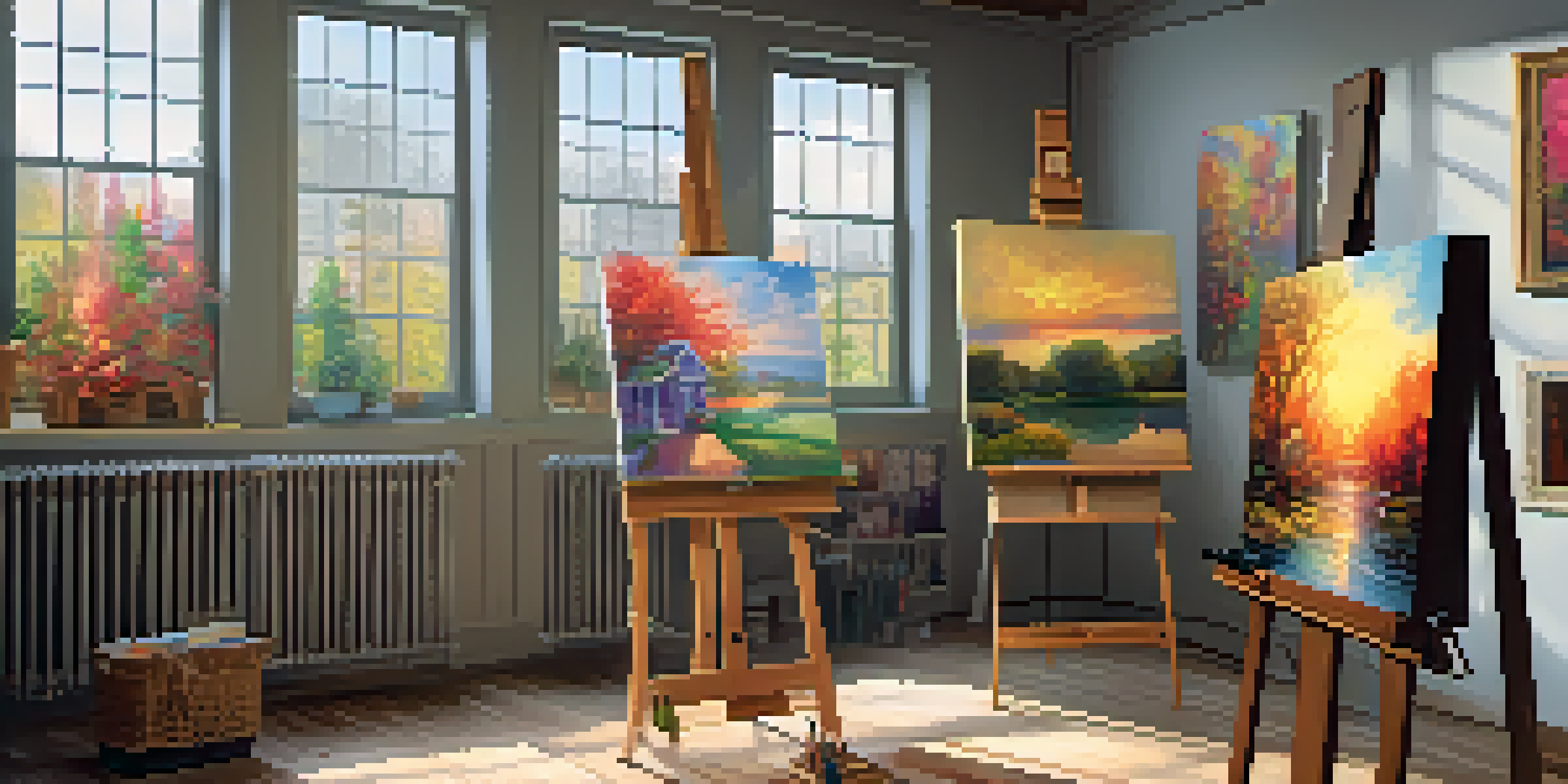Art Reproductions: Authenticity and Its Ethical Dimensions

The Rise of Art Reproductions in Modern Culture
Art reproductions have surged in popularity, allowing art lovers to own copies of masterpieces without breaking the bank. These reproductions make iconic works accessible to a wider audience, democratizing art appreciation. However, as reproductions become more prevalent, questions about their authenticity and value also arise.
Defining Authenticity in Art Reproductions
Authenticity in art typically refers to the originality of a piece and its creator. In the realm of reproductions, this becomes murky; a reproduction can be an exact copy of an original, but it’s not the original itself. When discussing authenticity, it’s essential to distinguish between reproductions created for enjoyment and those that might mislead buyers into thinking they possess the original.
Art Reproductions Make Art Accessible
Art reproductions democratize art appreciation by allowing more people to enjoy iconic masterpieces without the hefty price tag.
The Ethical Implications of Misleading Reproductions
One of the most significant ethical dilemmas surrounding art reproductions is the potential for deception. Unscrupulous sellers may market reproductions as originals, which can leave buyers feeling cheated. This raises the question: how can consumers protect themselves from unethical practices in the art market?
The Role of Technology in Art Reproduction
Advancements in technology have dramatically changed how art reproductions are created and perceived. High-resolution printing and digital techniques can produce stunning replicas that are difficult to distinguish from the original. While this can enrich the art experience, it also complicates the conversation about authenticity and value.
Ethical Concerns in Art Reproductions
Misleading reproductions pose ethical dilemmas, as some sellers may misrepresent copies as originals, leaving buyers vulnerable to deception.
The Value of Art Reproductions for Education
Art reproductions serve an essential educational purpose in schools and museums. They allow students to engage with famous works without the risks associated with handling originals. By studying these reproductions, learners can appreciate artistic techniques and historical context, fostering a deeper understanding of art.
Cultural Significance of Art Reproductions
Reproductions can also play a vital role in preserving cultural heritage. When original works are damaged or lost, reproductions can help keep the cultural narrative alive. They can spark conversations about the original piece's history and the importance of preserving artistic traditions.
Reproductions Enhance Educational Value
Art reproductions play a crucial role in education by providing students access to famous works while avoiding the risks of handling originals.
The Collector's Perspective on Reproductions
For collectors, the distinction between original and reproduction can shape their entire approach to art. Some collectors focus solely on original works, while others appreciate reproductions for their aesthetic value. Understanding this perspective helps clarify the broader art market and the various motivations behind collecting.
Navigating the Future of Art Reproductions
As the art world continues to evolve, so too will the conversation around reproductions and authenticity. It’s crucial for artists, collectors, and consumers to engage in discussions about ethical practices and transparency. By fostering awareness and understanding, we can ensure that art reproductions continue to enrich our cultural landscape.